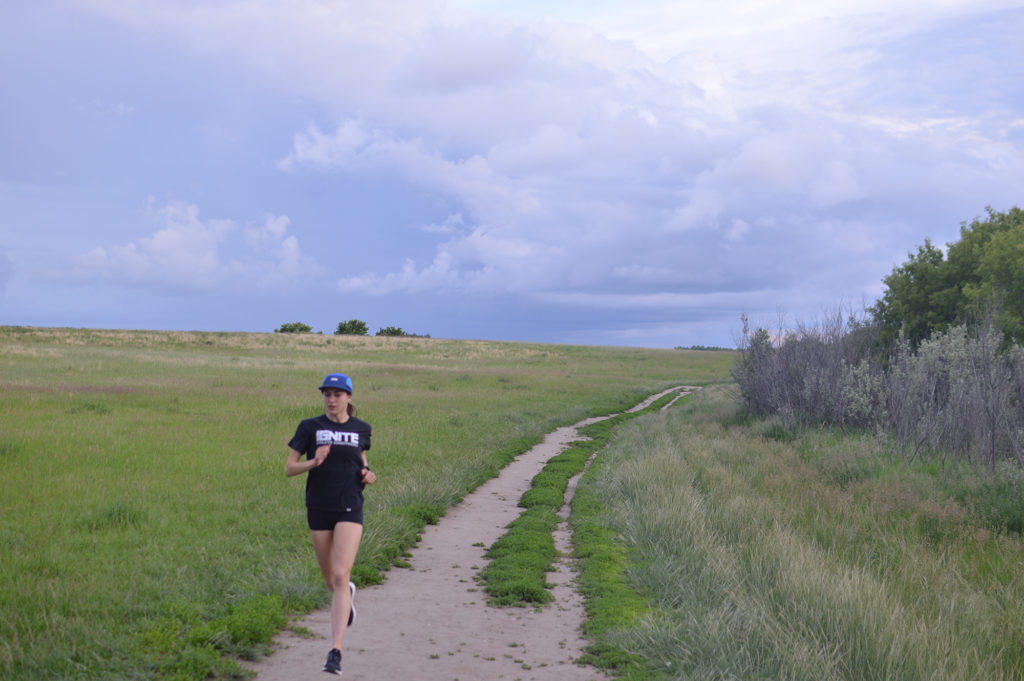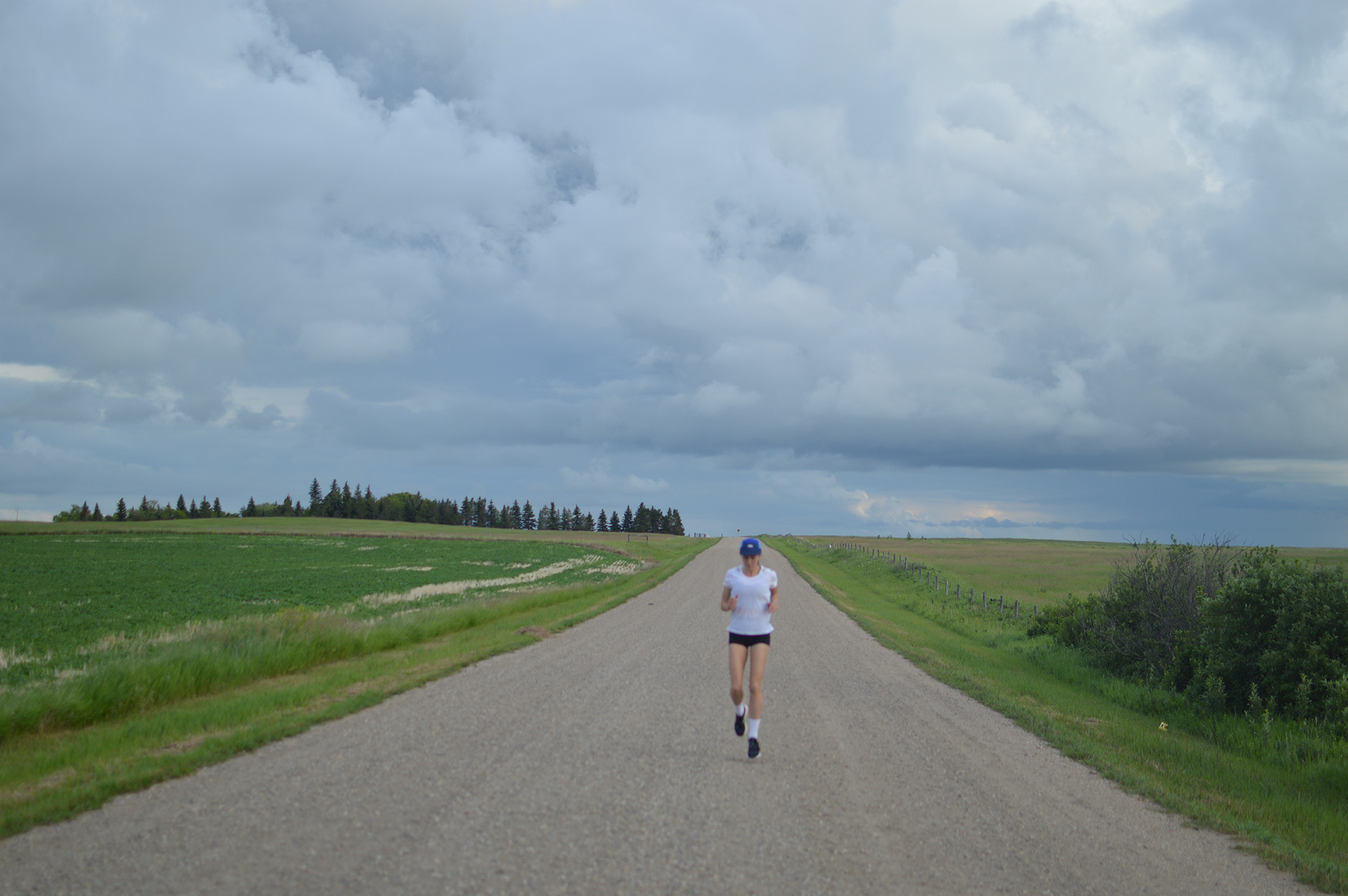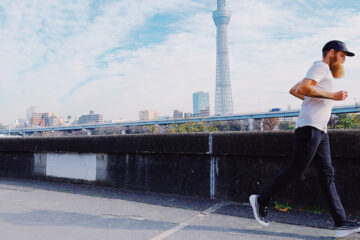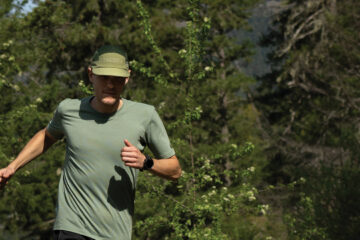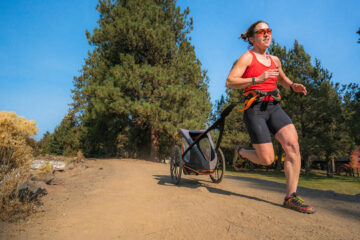words x julianne labach
Images x chloe woo, arthur ward, somer kreisman, and louis christ
I’ve always associated running with a certain measure of silence.
The silence of a start line, moments before the gun goes off.
The silence of a morning run, before the rest of the world has woken up.
The silence of a hard workout, when the pain blocks out your other senses.
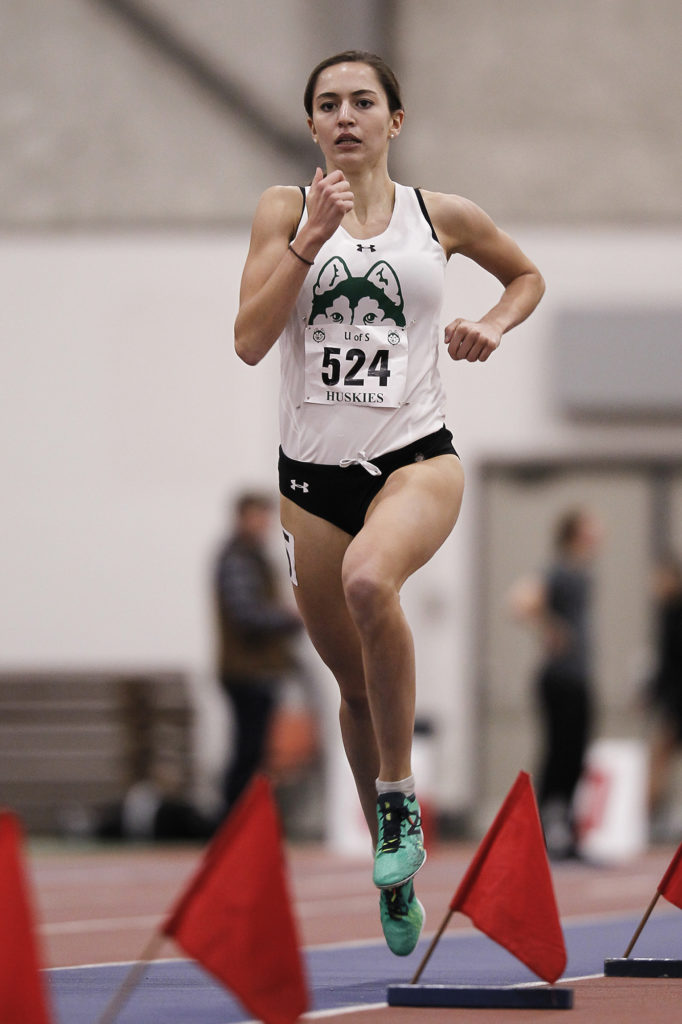
Ten months ago, my runs became a little more silent. Ten months ago, I began training remotely.
After a successful collegiate career, which culminated in two national titles, I set my sights on running professionally with the hopes of representing Canada at the 2020 Olympic Games. Embarking on my first season as a post-collegiate runner, I knew I needed to surround myself with the right team in order to achieve my goals. So, in September 2019, I joined the Mustangs Endurance Group – an elite middle-to-long distance team based out of Langley, British Columbia. It seemed like the perfect fit, and I was excited to begin this new chapter of my running career. There was just one caveat: I had to stay in Saskatoon, Saskatchewan, some 1,500 km away, to finish my law degree.
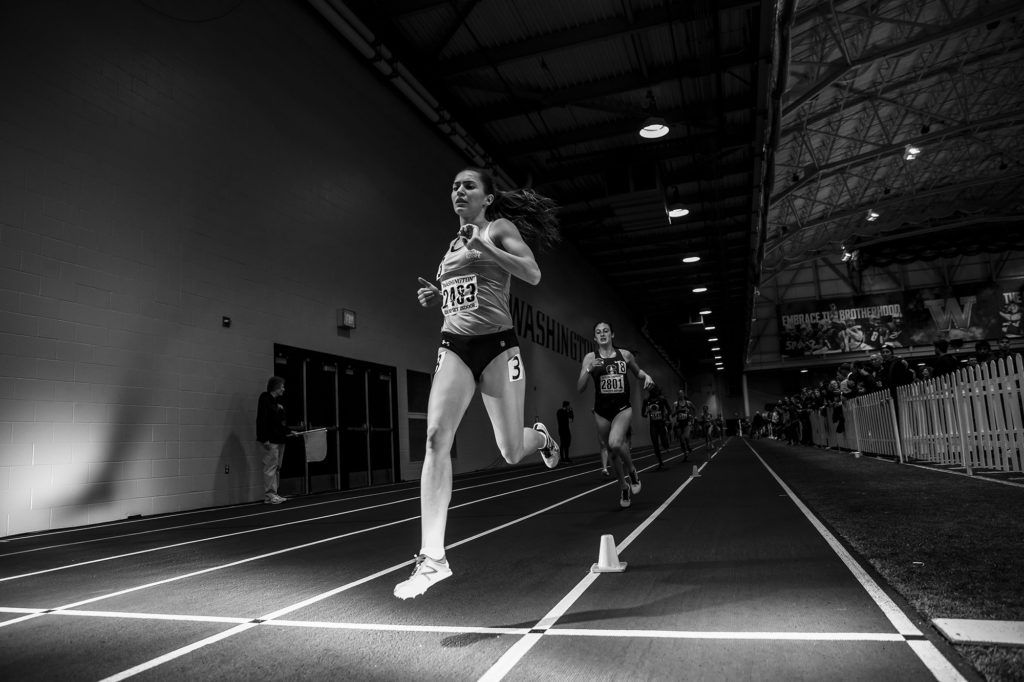
Law students and elite runners have more in common than one might think. To be successful in either of these fields requires the same two things: a desire to learn and a willingness to work. Doing both simultaneously does not mean that I am less dedicated to running or that I pursue it less wholeheartedly than my competitors. On the contrary, for me there is a mental and physical benefit to having something else in my life. Being a student forces me to rest my body, and focus my mind on other things. In turn, when it comes time to run I am more present and more focused. Moreover, my legal studies are a constant reminder that my worth is not determined solely by my athletic performance. This perspective allows me to approach running from a place of gratitude and joy.
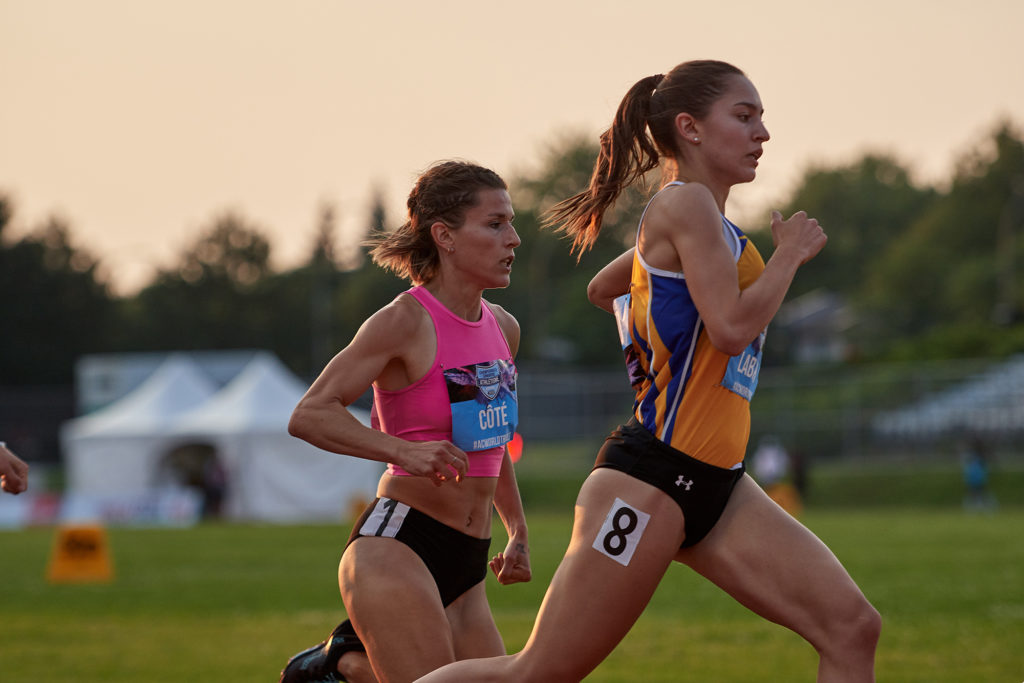
Aside from school, the other part of what drew me to remote training was the challenge. I find it easy to push myself when I am training with others – it’s training alone that has always been difficult. But that is exactly why I wanted to do it. I wanted to learn how to push myself, completely independent of anyone else. In a race, the only thing you can ever control is yourself. So why not hone that skill? Why not learn how to control yourself to the very best of your ability? That’s what training alone in Saskatoon allows me to do.
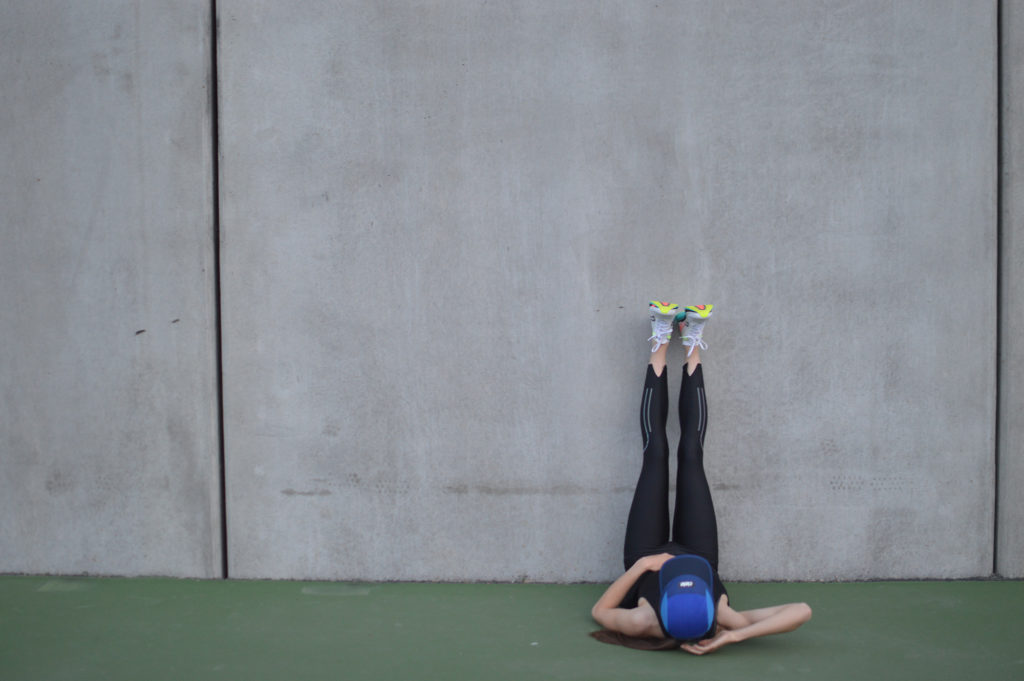
For those who aren’t familiar, Saskatoon is a prairie city known for its harsh winters and college football team. People here measure distance in yardage, time in 15-minute quarters, and success in championship rings. As a result, the running community is small but tight-knit, our bond forged by a collective otherness. It is not exactly the mecca of track and field… not exactly the mecca of anything, for that matter. But that is part of the appeal. In a city of this size, the silence is amplified.
The silence of a rural road, where you are the only person for miles.
The silence of a winter run, when the cold envelops everything around you.
The silence of a stadium, barren during track practice and meets alike.
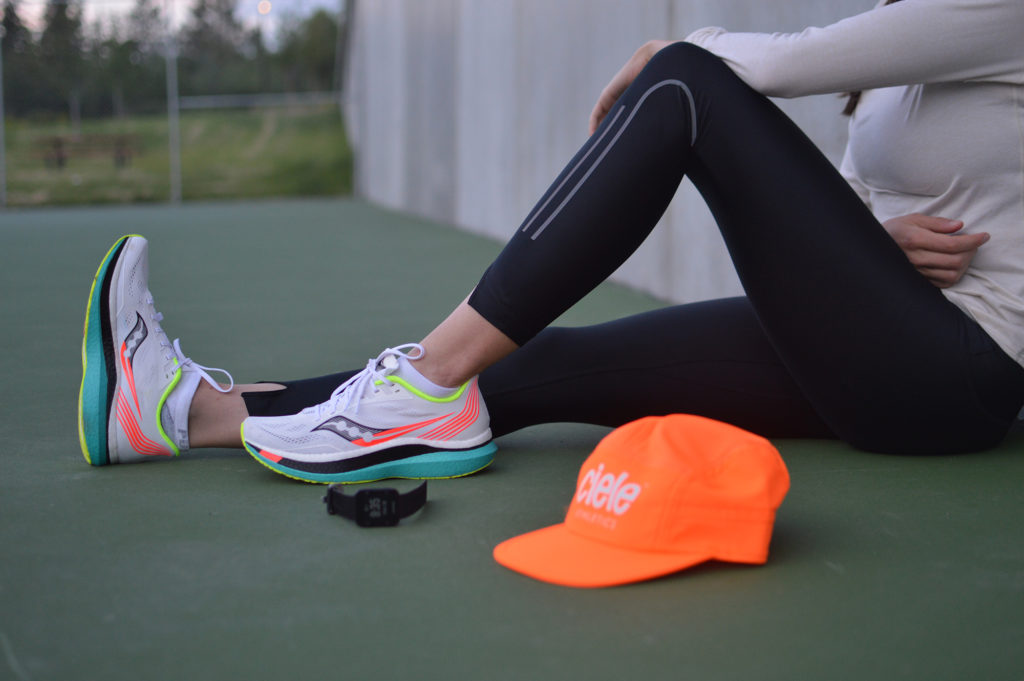
Born and raised in Saskatoon, I knew what I was getting myself into. I was prepared to hunker down and put in the work throughout the lonely winter months. I imagined myself emerging in the spring, once the school year had ended, battle-hardened and better for it. Having conquered the elements as well as the solitude, I would then join my team in April for the remainder of the outdoor season. Like a modern day Quenton Cassidy, I thought. What could go wrong?
Four months ago, my runs became even more silent. Four months ago, our country was hit by the pandemic.
In a matter of days, my little world was turned upside down. The Olympics were postponed, the summer season cancelled, the university shuttered. For months I had been telling myself “just make it until April”. That was my light at the end of the tunnel. But April came and passed, and I found myself still in Saskatoon, isolated from the few training partners I had left. Solitude, I learned, is not nearly as fun when it is forced upon you.
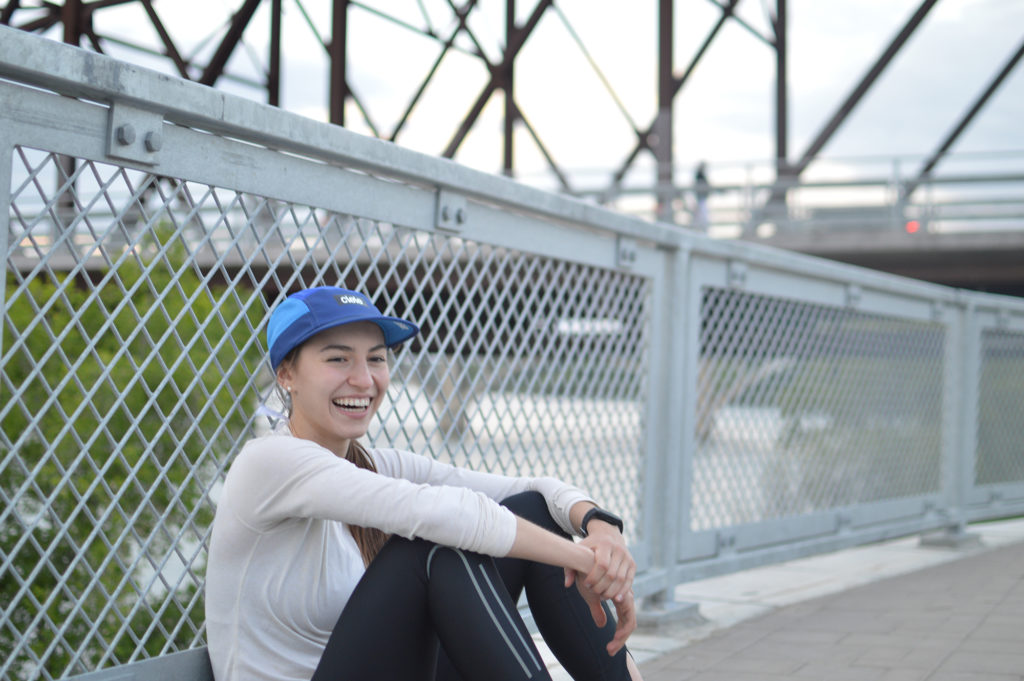
But the truth is, running alone was hard before the pandemic, and it will continue to be hard after. Training remotely magnifies the hardships of distance running: the monotony, the loneliness, the pain. Pleasant distractions are few and far between when you are by yourself, while excuses are aplenty. I long for someone with whom to celebrate the highs and commiserate the lows. Even in the absence of conversation there is comfort in the presence of another runner. The sound of steady footfalls, the rise and fall of breath, the gentle swish of shorts – they all serve as a reminder that you are not alone. But the fact is, I am alone. And the silence, at times, feels suffocating.
From this loneliness, however, has come a renewed appreciation for my team. Therein lies the paradox of training alone: when you train with no one, you train with everyone. Every person I encounter on my runs is now a part of my team, whether they know it or not. There are those who are aware of their contribution, such as my immediate family and close friends. By now I have cajoled nearly everyone in my inner circle into pacing or timing, in some form or another. True love is being willing to juggle a stopwatch and water bottle while simultaneously navigating a bicycle around a 200m track attempting to hit splits accurate down to the half-second.
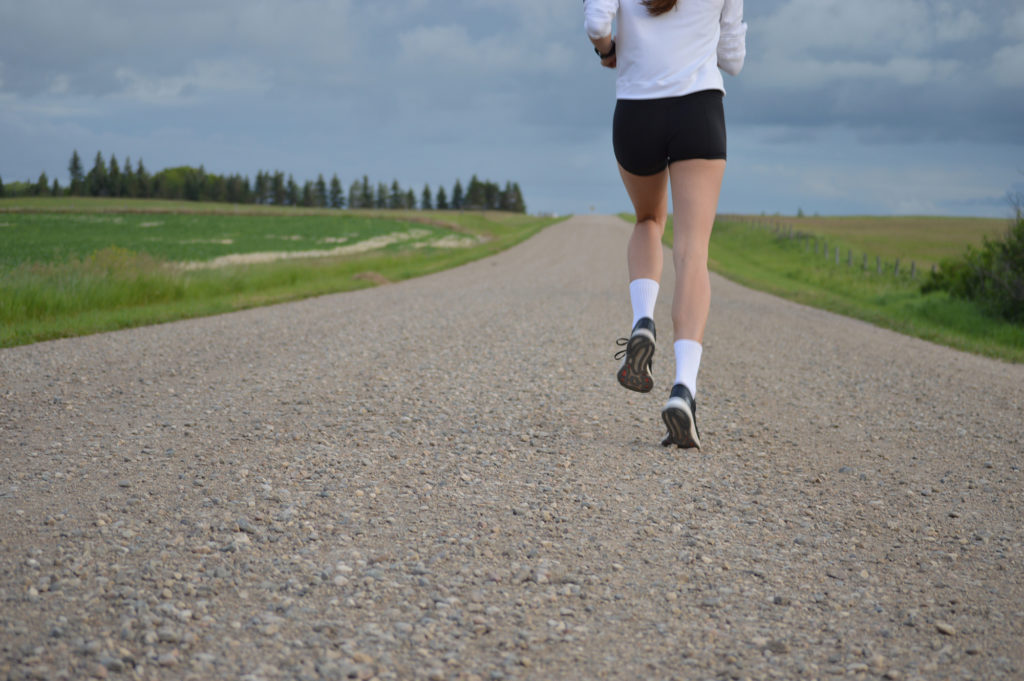
Then there are those who are oblivious to their involvement. The joggers who give a silent nod of recognition when we come across each other on the trails. The power walkers who, without fail, cheer “go get it, girl!” as I pass by. The cars that honk. The dogs that bark. The children that wave. The complete strangers who stop to ask questions, or give praise, or share their own running stories. I cherish each seemingly trivial interaction because it feels, if only for a brief moment, as though my struggle is no longer mine alone. I come away running quicker, feeling lighter, and smiling from cheek to cheek – a physical manifestation of the support of my community. So these are my teammates now: coerced loved ones and unwitting strangers. A motley crew, to be sure, but a crew just the same.
Of course, training remotely requires a counterpart willing to coach remotely as well. For our relationship to work, communication is key. This is the one aspect of my training arrangement where there is no room for silence.
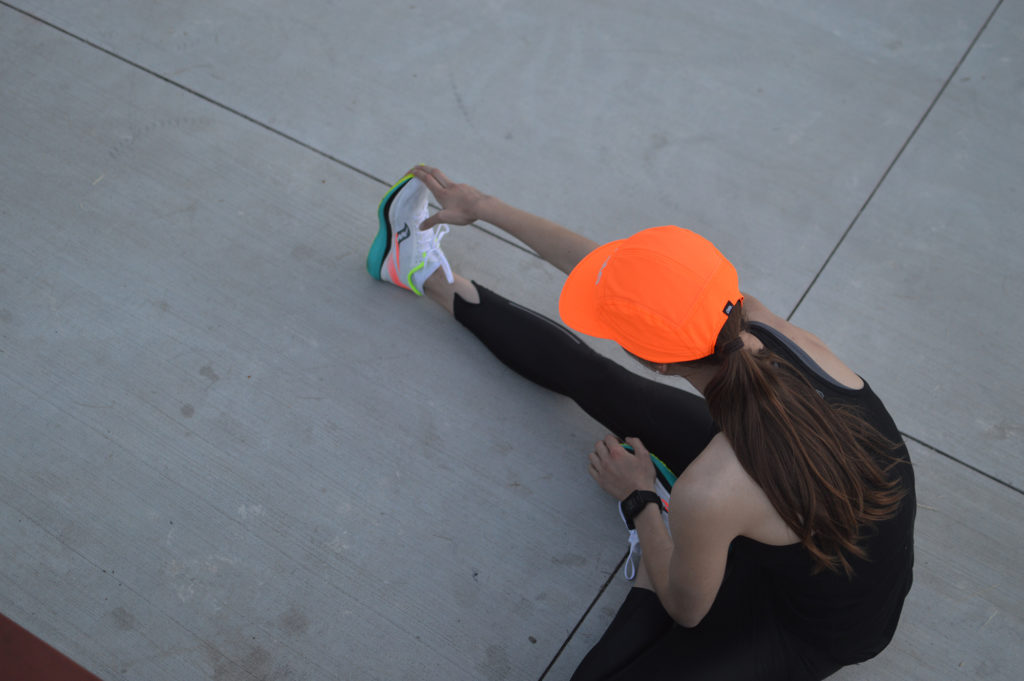
Communicating with my coach feels, at times, like going to confession. No silence is louder than the dead air on the other end of the telephone. No time passes slower than the wait for a response after he’s read my text. Without any visual cues to indicate what he is thinking, my anxious mind always assumes the worst. It does not matter that he is kind and supportive beyond measure (and make no mistake, he most certainly is). I know when I’ve done something wrong, or perhaps more accurately, something not perfectly right. And I hate having to admit it. So, in an attempt to avoid that feeling, I have become a better version of myself.
To the casual observer, “better” might appear to mean “boring”. I have found that the best way to hold myself accountable is to establish a routine. The hours I sleep, the meals I eat, the timing of my workouts – I strive to keep these variables consistent. The result is, admittedly, a certain degree of monotony. Workout, eat, sleep, repeat. But with fewer decisions and distractions, I find I am better able to do what I do best: run.
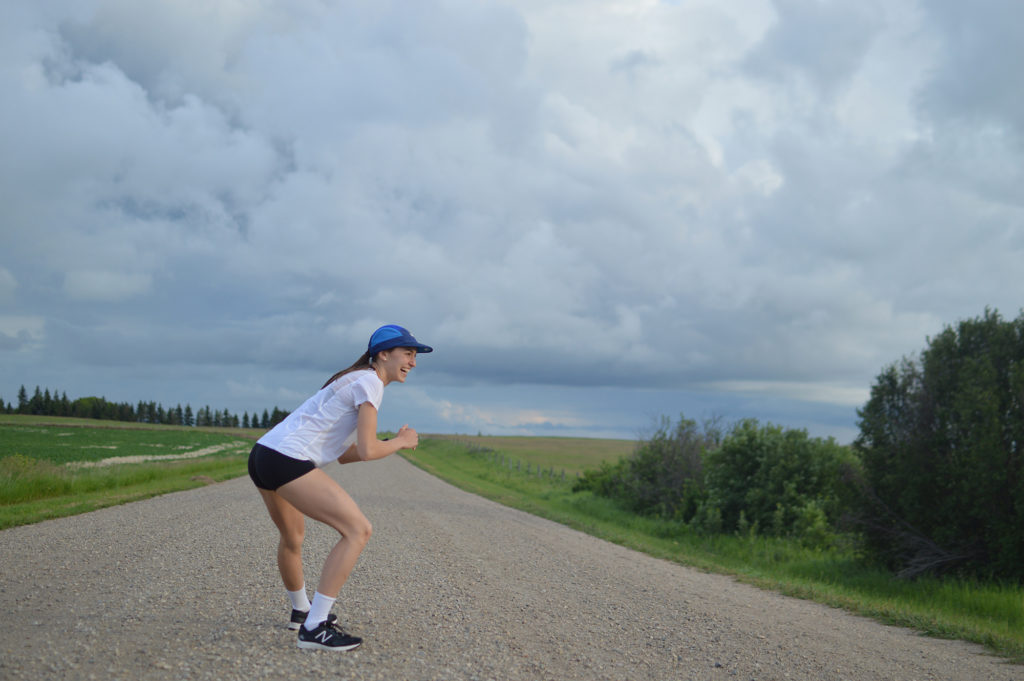
And I am, objectively, running better than I ever have. Since beginning this journey ten months ago, I’ve hit personal bests both on the track and in the gym. What’s more, I’ve won every race I’ve entered (in this pandemic-shortened season).
Training alone is still hard. The silence is still there. But I am learning to welcome it. To lean in to it.
When I first started running, I didn’t have teammates. I didn’t have a coach, in person or otherwise. I didn’t even have a race to train for. Back then, I ran simply to experience the joy of running itself. Training was not a means to an end, not a way to achieve some greater goal, but rather an autotelic experience. Running alone reminds me why I began in the first place. It is as though the silence makes all my other senses come alive. I feel more of the ground beneath my feet. I see more of the beauty of the trails. I smell more of the fresh air. I taste more freedom.
Eventually, this will all be over. The pandemic will end. The world will heal. I will be reunited with my teammates. And when that time comes we will celebrate, loudly and joyously. But until then, I’ll be here in Saskatoon, running silently towards my goals.
